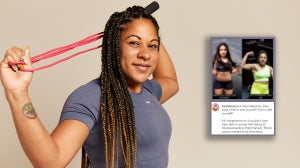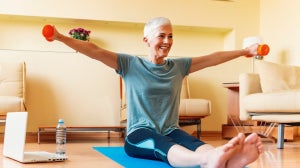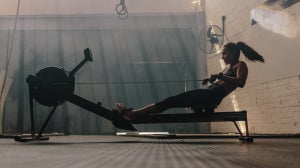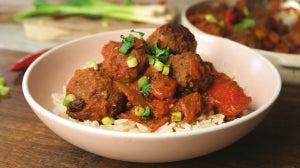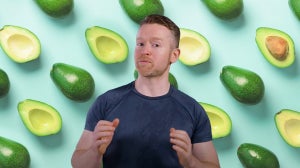
Written by Simon Cushman
Glute Conditioning
As much as it might not seem too important when you go for a run, your glute muscles are some of the keys to run injury free as well as improve the efficiency of your running gait. Whether you’re an elite runner, a park runner, a charity runner or you just want to have a little jog on the treadmill or outside when the weather permits it you should be training and targeting your glutes. This is not only to get stronger and propel you forwards further each stride, but also to keep your body in a good alignment and stop little niggles from reducing your training time and quality.
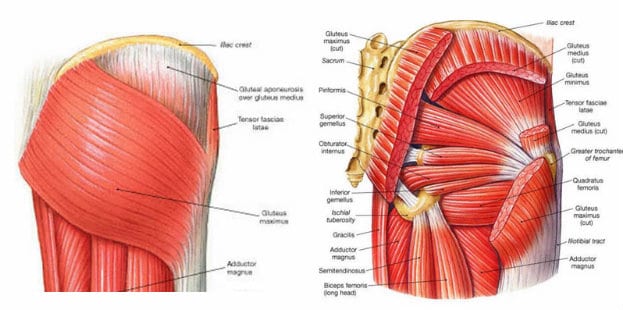
Glute Anatomy:
When I explain to clients and athletes what the glutes are I normally refer to them and the ‘hip muscles’, this is mainly to stop them falling into the trap of visualising the gluteus maximus alone when in fact there is so much more…
The picture above shows the superficial muscles of the gluteus maximus on the left, this is a prime mover. It is powerful and it gives you a driving force to move you forward and in particular helps any running, in particular up hills and in a sprint finish when stride length is greater. On the right hand side, we can see what is going on under the glute max. The hip is such a complex joint, with so many movements possible there is potential for one or multiple muscle to be over or under active which can cause sometimes severe pain through the kinetic chains of your body, often seen in lower back and hamstring pain or sciatica.
Key Points For Running:
When you run, your body should be kept in a good alignment, which will be achieved from having strong and well-conditioned glute and core muscles. Common issues include a lack of global strength which will move the pelvis out of line and cause a tilt through the pelvis, which can aggravate some muscles and overcompensate with others. Strength through your hips will keep your knee well balanced above your ankle and directly below your hip meaning all the energy you put into moving forward will be used.
You can train these muscles with big compound movements like lunges, squats and deadlifts, as well as hip thrusts and standing presses, but the main focus should be on keeping your alignment, tucking your hips under and squeezing your bum as tight as you can (like you’re holding on as tight as you can to a £50 note). If, however, you are struggling to activate your glutes and feel like you cannot keep your knees stable, some smaller, more focussed exercises can be used.
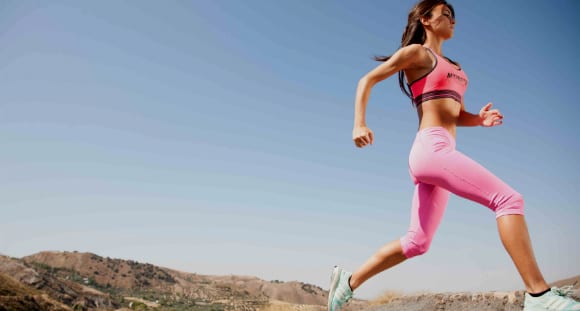
Examples Of Targeted Exercises:
Clam Shells
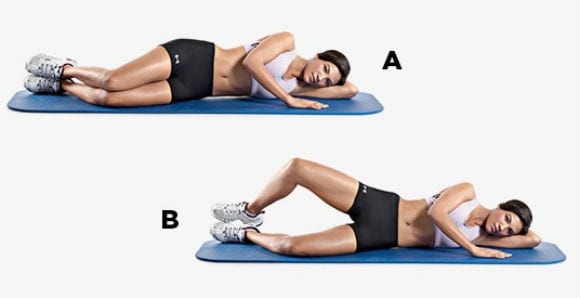
Frog Hip Thrusts
Pigeon Pose
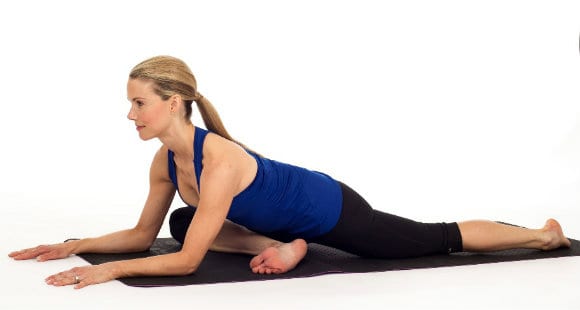
Remember to mobilise before each run and stretch the glutes after for good hip and back health. If in doubt of how you are currently running get someone to film you running from the front and behind and look at your knee position in relation to your hip and then your foot position in relation to your knee. If you can’t do that, many good running footwear shops offer a gait analysis which can guide you to what you need to work on, or eek the advice of a specialist personal trainer, strength and conditioning coach, physio or sports therapist. If you have any pain while you run, this is usually a sign that there is an underlying issue which needs to be addressed.
Whey ProteinLean muscle
Hard GainerExtreme
BCAA'sMuscle recovery
Our articles should be used for informational and educational purposes only and are not intended to be taken as medical advice. If you're concerned, consult a health professional before taking dietary supplements or introducing any major changes to your diet.

Dan Speakman is our editor and level 3 qualified Personal Trainer. Having spent time in Australia, he has experience in planning and delivering exercise plans to beginners and advanced athletes — both in the UK and down under.
Dan has also run successful weight-loss camps across the UK, alongside regular training seminars, covering all areas of gym-based training. He also runs weekly fitness boot camps and spin classes.
When he’s not working, or in the gym, Dan enjoys travelling to sunnier destinations, eating out, and trying exciting new foods.
